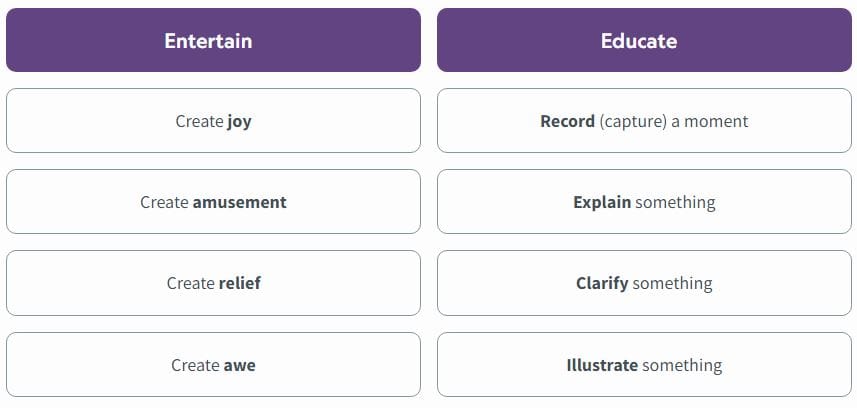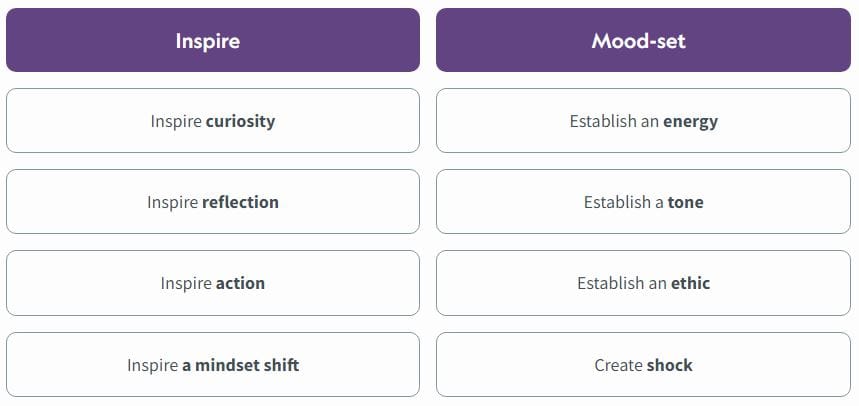The Excio Captivating Photography Framework™
Explore our first-ever Captivating Photography Framework and uncover the secrets behind creating truly engaging and interesting photographs. Learn what draws viewers in and how to make your images resonate.
The overriding quality of value-giving photography is captivation.
In the same way that food is either safe or unsafe, and information is either clear or unclear, photographs are either captivating, nondescript (ignorable), or off-putting. They leave a positive impression, no impression, or a negative impression, respectively.
Captivating photographs
Each of the 16 value-giving impacts in the table below make an image captivating.


Captivating photographs leave a positive impression.
Captivating images are enhanced by provenance. Provenance answers questions such as: Who took the photograph? Where was it taken? When? And why? For other art forms (such as music), provenance is universally expected, because knowing who wrote a song and when they wrote it enhances the listener’s experience.
The best captivating images are also (positively) memorable.
See some examples below.



Nondescript photographs
Nondescript photographs are ignorable. They do not engage us, so they deliver no value and leave no impression.
Other terms (in alphabetical order) for nondescript photographs include: bland, disregardable, forgettable, unengaging, unimportant, unmemorable, and unremarkable.
See some examples below.



Off-putting photographs
Other photographs provide no value but do engage us – for the wrong reasons – these photographs are off-putting and leave a negative impression.
For example, such photographs may be: inauthentic (eg, an uncredited image of office workers who look like stock imagery models from another country), confusing (eg, they have too many elements, or they portray mixed messages), stale (eg, the viewer feels the image is tired and overused), of poor quality, or a combination of all four negative qualities.
Such images can leave a viewer with the impression that the persons (or organisations) who use them are thoughtless, careless, lazy, unfair, or cheap.
Images without a credit that names the photographer, or that have a royalty-free credit (such as Unsplash), are becoming increasingly off-putting in a world that is shifting towards an expectation of value, authenticity, and fairness.
See some examples below.



